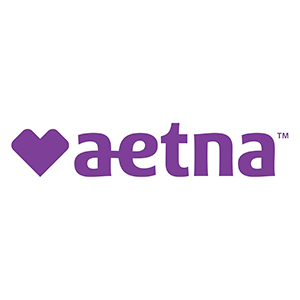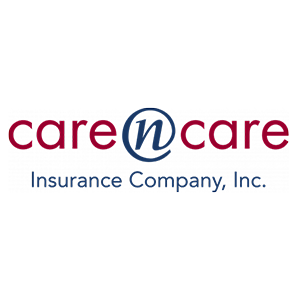Trusted Insurance
Medicare
Understanding Medicare can be overwhelming, but it is important to have a good grasp of the common terms and the different types of Medicare plans available. This knowledge will enable you to choose a plan that is right for you. On this page, we aim to simplify the complexities of Medicare and provide you with a clear understanding of how the various plans compare to each other.
By familiarizing yourself with the common terms associated with Medicare, you will be better equipped to navigate through the options and make an informed decision. We will break down the terminology and explain what each term means in simple, easy-to-understand language. This will ensure that you are not confused or overwhelmed by jargon commonly used in the healthcare industry.
Additionally, we will provide a comprehensive comparison of the different types of Medicare plans available on the market. This comparison will help you understand the unique features, benefits, and limitations of each plan. Whether you are considering Original Medicare, Medicare Advantage, or Prescription Drug Plans, our goal is to present the information in a way that is clear and straightforward.
We recognize that choosing a Medicare plan is a significant decision that can impact your healthcare and financial well-being. Our aim is to empower you with the knowledge and understanding necessary to make an informed choice. We want you to feel confident and secure in your decision, knowing that you have chosen a Medicare plan that meets your specific needs and preferences.
So, if you are feeling overwhelmed by the complexities of Medicare, look no further. This page will provide you with the information you need to make an informed decision. We are here to help you navigate the world of Medicare and find a plan that is right for you.
Medicare is divided into four parts, each serving different purposes. Parts A and B make up Original Medicare and are administered by the federal government. Part C is known as Medicare Advantage and is offered by private health insurance companies that have contracts with the government. Part D provides coverage for prescription drugs. Some Medicare Advantage plans combine Parts A, B, and D into one comprehensive plan. It’s important to note that each Medicare plan covers only one individual.
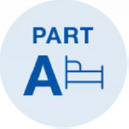
Hospital Insurance - This part covers inpatient hospital care, skilled nursing facility care, hospice care, and some home health care services.

Medical Insurance - Part B covers medically necessary services, such as doctor's visits, outpatient care, preventive services, and durable medical equipment.
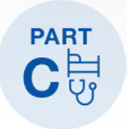
Medicare Advantage - Medicare Advantage plans provide all the coverage of Parts A and B, and often include additional benefits such as prescription drug coverage, vision, dental, and hearing services. These plans may also offer health and wellness programs.
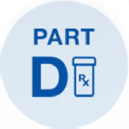
Prescription Drug Coverage - Part D helps cover the cost of prescription drugs. These plans are offered by private insurance companies and are designed to work alongside Original Medicare or Medicare Advantage plans.
The visual representation on the page uses triangles to represent each part of Medicare. Part C, Medicare Advantage, is depicted as a full triangle because it encompasses Parts A, B, and D, along with extra benefits.
By understanding these basic terms and the coverage provided by each part of Medicare, you can better compare and choose the plans that best suit your needs and preferences.
Medicare Advantage plans are popular among beneficiaries due to their convenience and comprehensive coverage options. These plans typically combine medical and prescription drug coverage on a single card, and some may also offer dental and vision coverage. One of the advantages of Medicare Advantage plans is that they provide greater predictability of out-of-pocket costs compared to Original Medicare. Under Original Medicare, beneficiaries are responsible for paying 20 percent coinsurance for most medical services covered under Part B. In contrast, Medicare Advantage plans often use copayments, which are fixed costs that the beneficiary pays for specific services. For example, a Medicare Advantage plan may have a $15 copayment for doctor office visits.
Additionally, Medicare Advantage plans have an out-of-pocket maximum. This means that once a beneficiary reaches a certain spending threshold on healthcare services in a given year, the plan covers 100 percent of the cost for covered services. In contrast, Original Medicare does not have a cap on out-of-pocket costs. Therefore, if a beneficiary experiences a serious illness or requires extensive medical care, they may end up paying a significant amount out of pocket with Original Medicare.
Understanding the differences between Original Medicare and Medicare Advantage plans can help beneficiaries make informed decisions about their healthcare coverage options. It is important to carefully review and compare the benefits, costs, and network of providers offered by different plans to select the one that best meets individual healthcare needs and budget.
We do not offer every plan available in your area. Any information we provide is limited to those plans we do offer in your area. Please contact Medicare.gov or 1-800-MEDICARE. Marketplace Insurance Exchange and its affiliates comply with applicable Federal civil rights laws, and we do not discriminate based on race, color, national origin, disability, sex, sexual orientation, gender identity, or religion.

